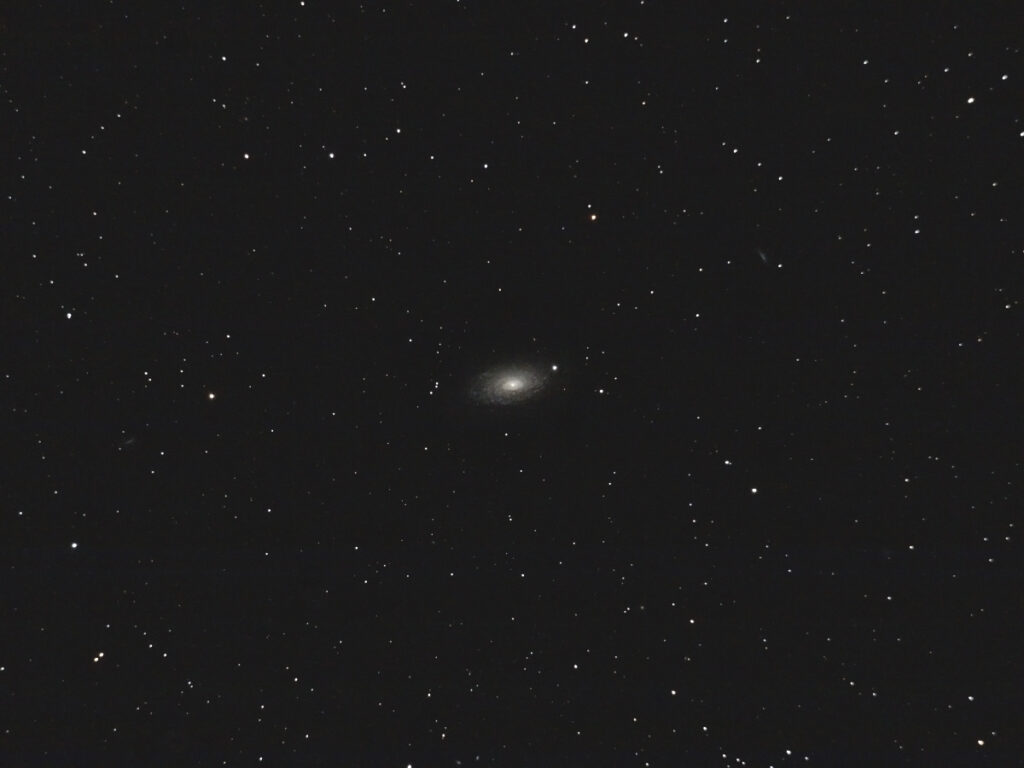
Telescope: Meade SN10 at f/4, Orion Atlas EQ-G
Camera: Canon EOS Ra
Filter: GSO IR Blocking Filter
Guide scope: Williams Optics 50mm, ASI290MM mini, PHD
Exposure: 81x20sec, ISO 800, saved as RAW
Darks: Internal (Long Exposure Noise Reduction On)
Flats: 32×1/5sec, tee shirt flats taken at dusk
Average Light Pollution: Red zone, poor transparency
Lensed Sky Quality Meter: 18.3 mag/arc-sec^2
Stacking: Mean with a 1-sigma clip.
White Balance: Nebulosity Automatic
Software: Backyard EOS, Nebulosity, Deep Sky Stacker, Photoshop
M63 is a beautiful spiral galaxy in Canes Venatici, the Hunting Dogs. It has an exceptionally tight spiral structure with a very beautiful and subtle color. The bright inner core is easy to see in small telescopes, while the outer spiral requires a modest scope and dark skies.
M63 is currently high overhead at dusk.
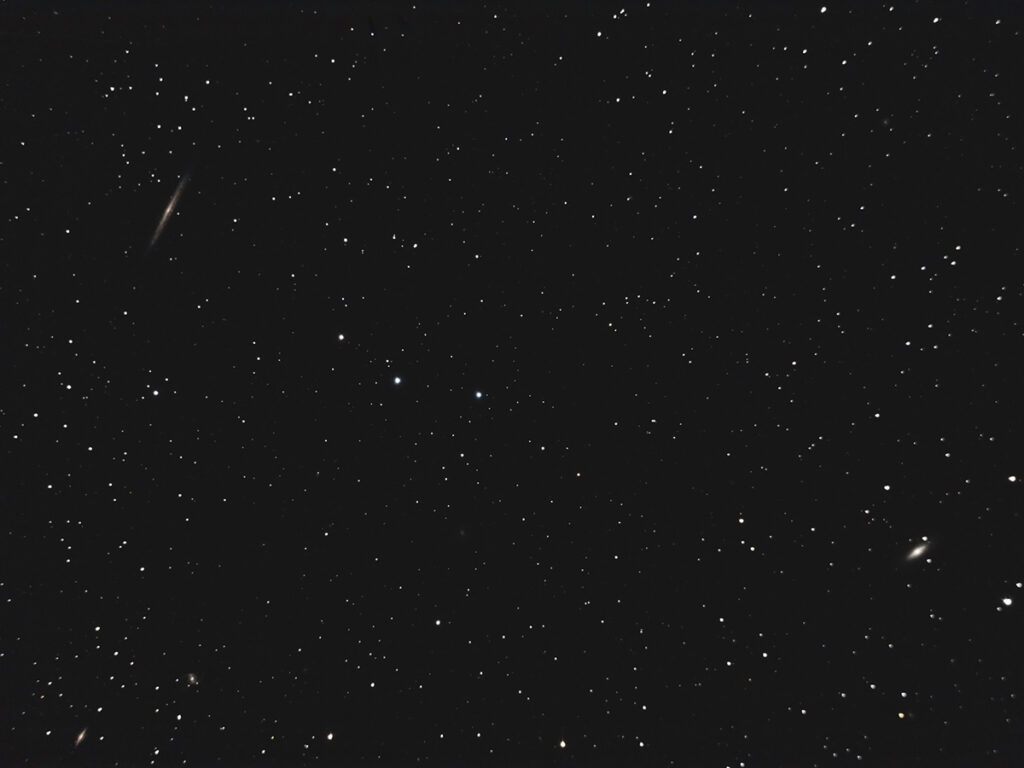
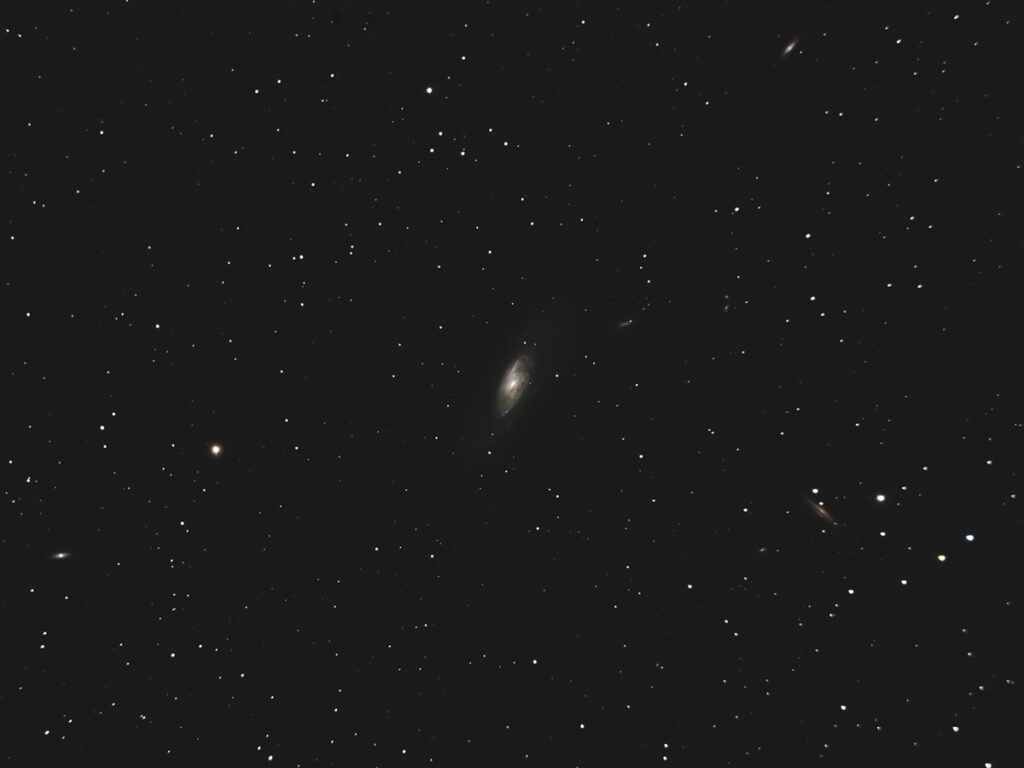
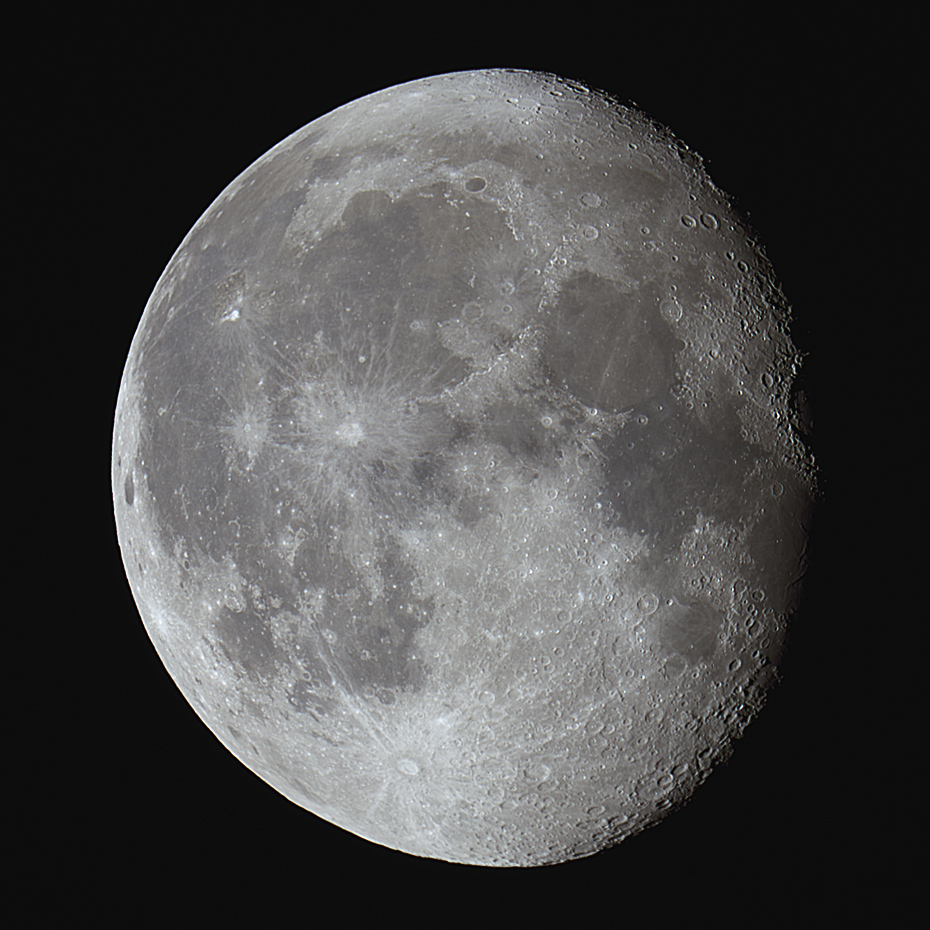
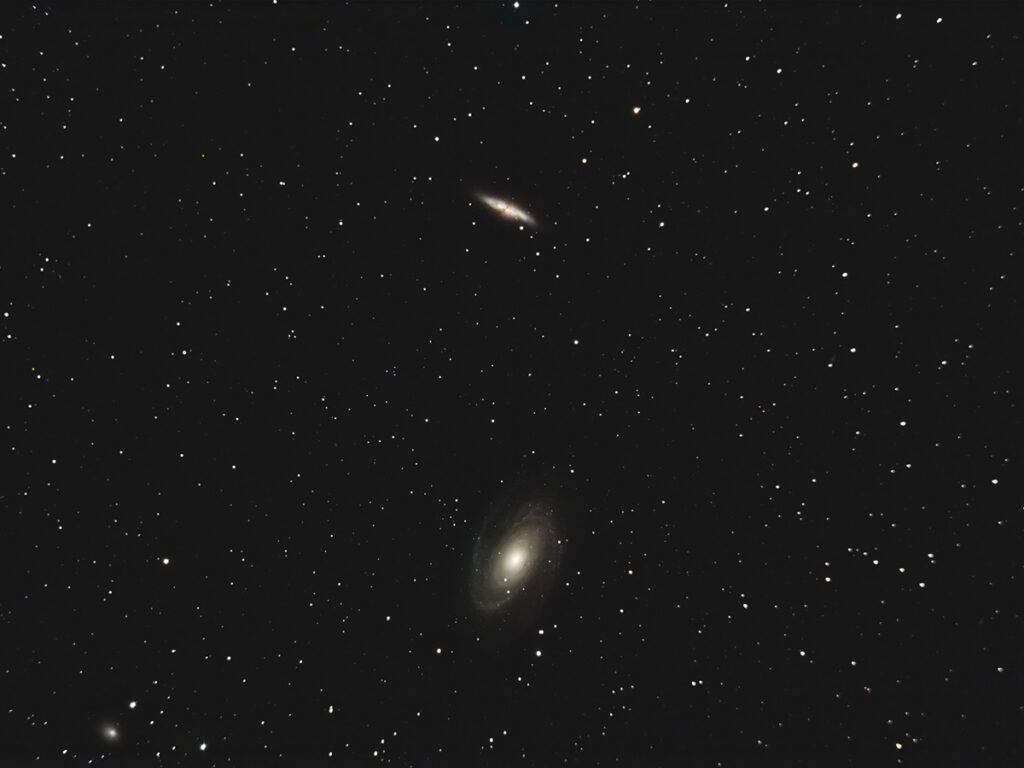
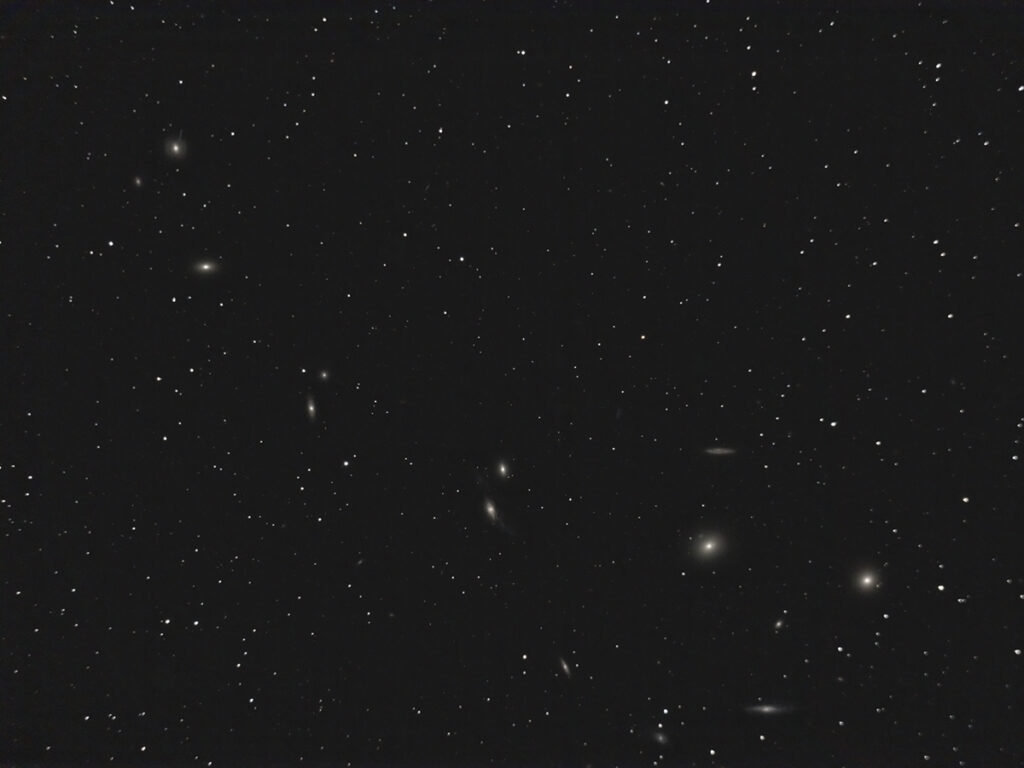
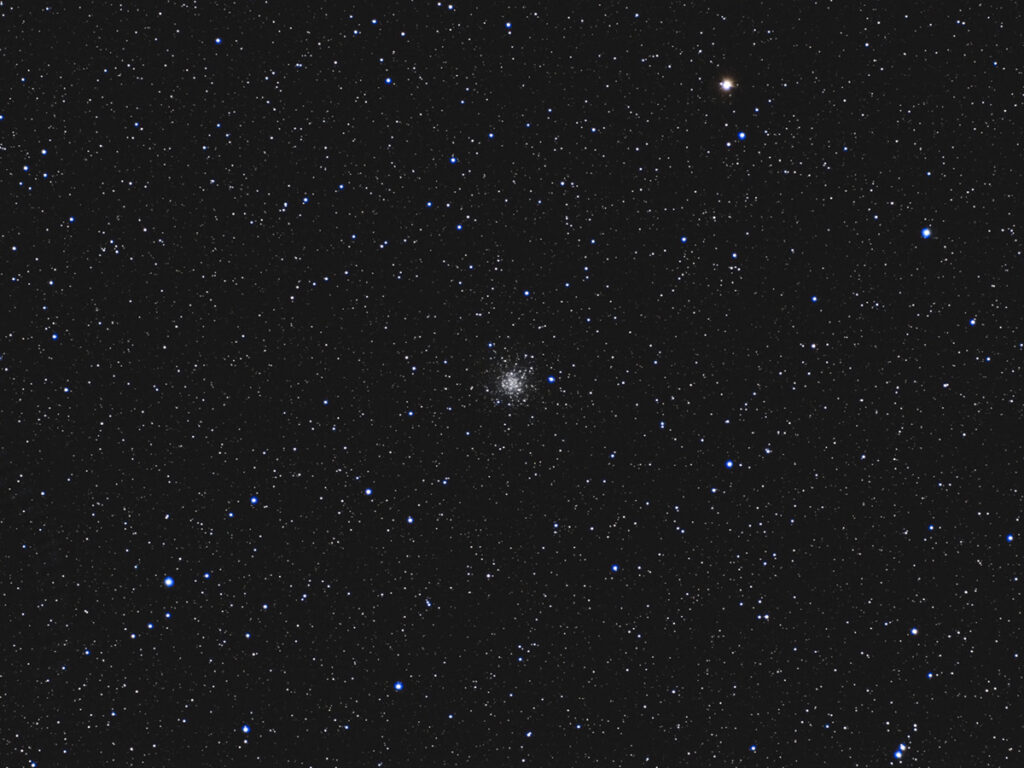



Recent Comments